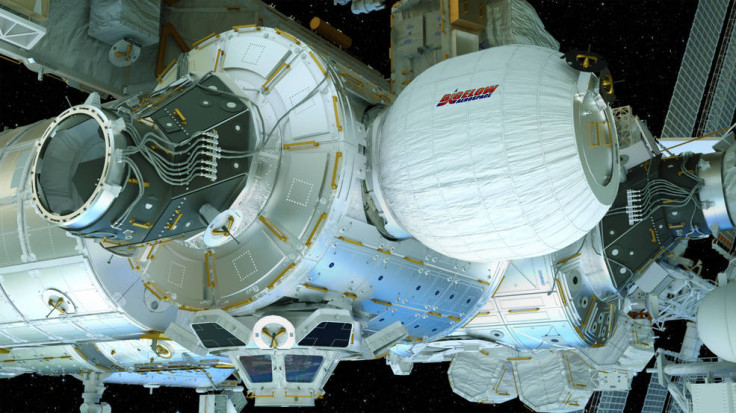Nasa's inflatable habitat failed to inflate on first test on the International Space Station

The first test of Nasa and Bigelow Aerospace's inflatable habitat failed, with the Bigelow Expandable Activity Module (BEAM) not fully expanding as it was supposed to. Scientists and engineers are now working to understand what went wrong in the test on board the International Space Station.
"Nasa is working closely with Bigelow Aerospace to understand why its module did not fully expand today as planned," the space agency said in a statement. "Engineers are meeting at the Johnson Space Center in Houston to discuss a path forward for the BEAM. They are evaluating data from the expansion that has occurred thus far. If the data supports a resumption of operations, another attempt to complete the module's expansion could come as early tomorrow."
The inflatable habitat was supposed to be attached to the ISS's Tranquility module before being inflated to full size – around 10ft in diameter and 13ft in length. It was expanded with "standard breathing air" and ISS astronauts were planning to make their first trip into the module about a week after inflation.
The module was supposed to be attached for two years, during which time scientists could assess the conditions and its ability to protect from solar and cosmic radiation. Inflatable habitats could one day be used in deep space missions, as well as providing bases on Mars and the Moon. Because they are lightweight and do not take up much room, astronauts can use them for extra living and working space.
Nasa BEAM deputy manager Steve Munday said: "Expandable habitats have the advantage of being launched small, taking up less volume on launch vehicles and in transit, and then become big later, expanding to full volume in space or even after being pre-deployed to the surface of Mars."
© Copyright IBTimes 2025. All rights reserved.






















